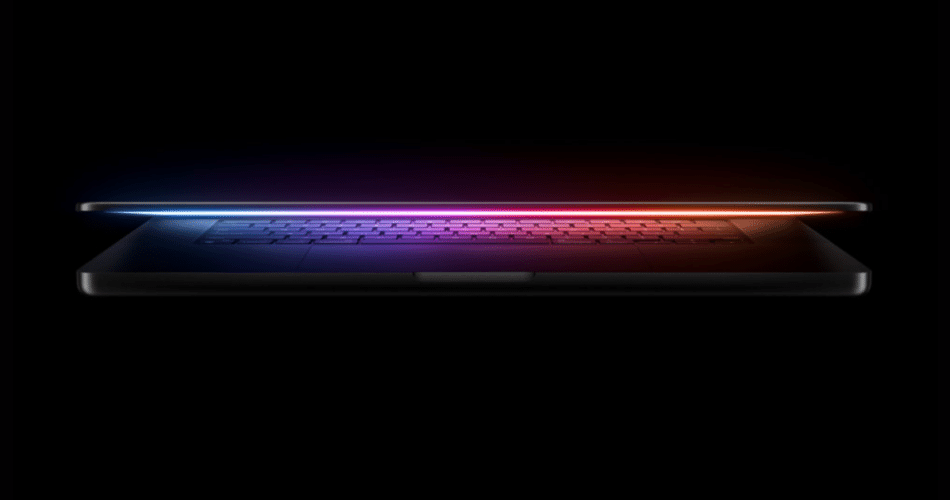Apple is reportedly encouraging its suppliers to ramp up investments in OLED production for larger devices. This move aligns with the company’s long-term plans to integrate OLED technology into its MacBook Pro lineup, anticipated to debut between 2026 and 2027.
OLED displays promise a host of advantages over the current mini-LED panels used in MacBook Pro models. These benefits include higher brightness levels, improved contrast ratios with deeper blacks, better power efficiency for longer battery life, and the potential for thinner device designs. The adoption of OLED would not only enhance the visual experience but also offer practical improvements that align with Apple’s design ethos of sleek and efficient devices. Notably, the upcoming MacBook Pro models with OLED screens are rumored to feature ultra-thin designs, further showcasing Apple’s commitment to merging form and function.
Reports indicate that Apple’s primary OLED suppliers, LG and Samsung, are gearing up for this transition. Both companies have been instrumental in supplying high-quality displays for Apple’s devices, and they are expected to play a crucial role in scaling production to meet the anticipated demand. According to TrendForce, Apple’s encouragement for panel makers to advance their production lines is already influencing the broader industry, with other brands accelerating their own OLED integration efforts. By 2025, the market size for AMOLED-equipped notebooks is projected to exceed 6 million units, signaling the growing adoption of this technology.
Despite the excitement surrounding the shift to OLED, Apple’s MacBook Pro lineup is not expected to undergo significant design changes in the interim. The next refresh, slated for 2025, will likely focus on performance enhancements with the introduction of M5, M5 Pro, and M5 Max chips. This incremental upgrade strategy underscores Apple’s approach to delivering steady improvements while preparing for a more transformative update in 2026 with OLED integration.
Beyond MacBooks, Apple is extending its OLED ambitions across its product ecosystem. The iPad Pro, which recently debuted with 6th-generation OLED technology, serves as a precursor to the more advanced 8th-generation OLED displays planned for future devices. This next-generation technology is expected to feature richer colors and improved efficiency, offering a glimpse into Apple’s vision for its OLED-equipped devices. However, the adoption timeline for products like the iPad Air, iPad mini, and MacBook Air will depend heavily on OLED production costs and market conditions.
In parallel, Apple continues to innovate in display technologies for its iPhones. A recent report suggests that the iPhone 18 Pro models could introduce a new LTPO+ display technology, an enhancement over the existing LTPO panels. LTPO+ promises better power efficiency and color reproduction, which could solidify its appeal for premium customers. However, challenges in production and cost considerations may influence its rollout.
Subscribe to our email newsletter to get the latest posts delivered right to your email.


[…] planned release of this new Magic Mouse is expected to coincide with the 2026 launch of the OLED MacBook Pro, another highly anticipated update in Apple’s lineup. While the precise timeline for the […]